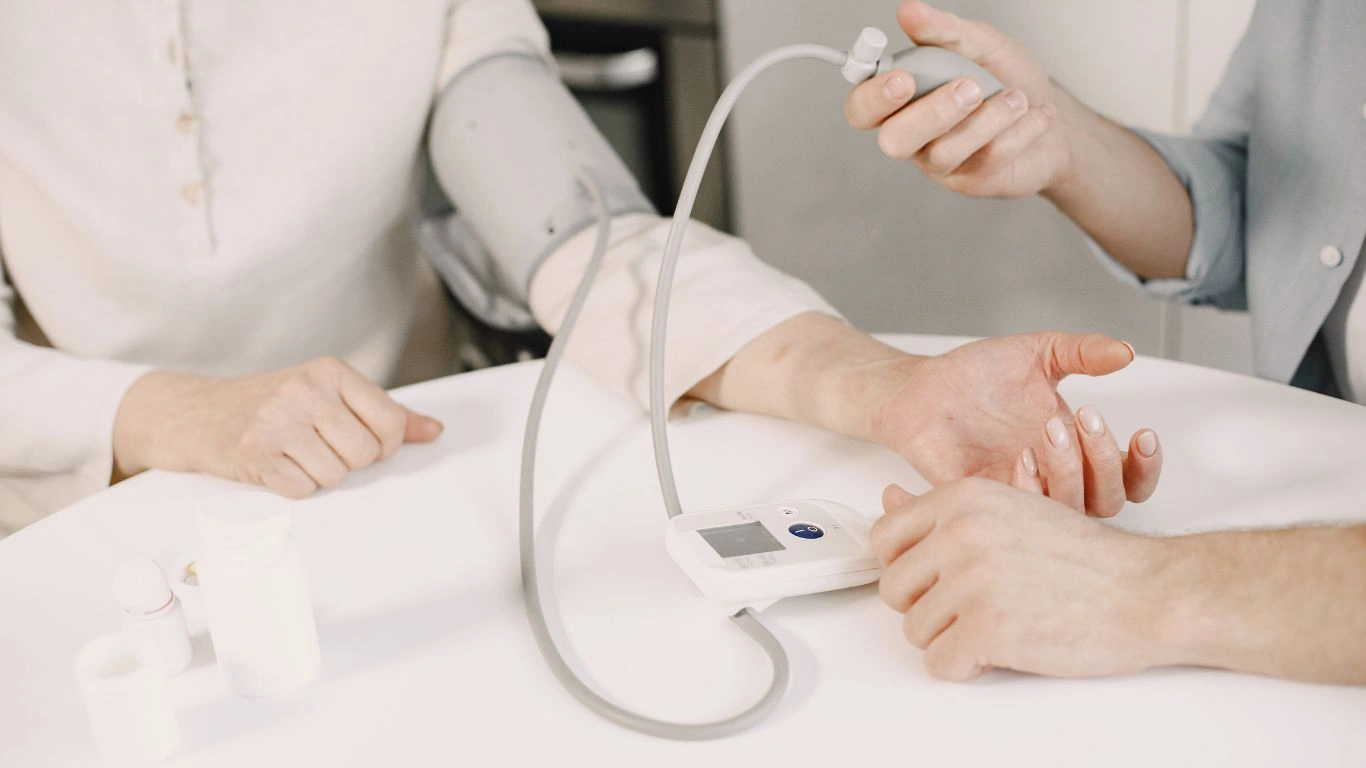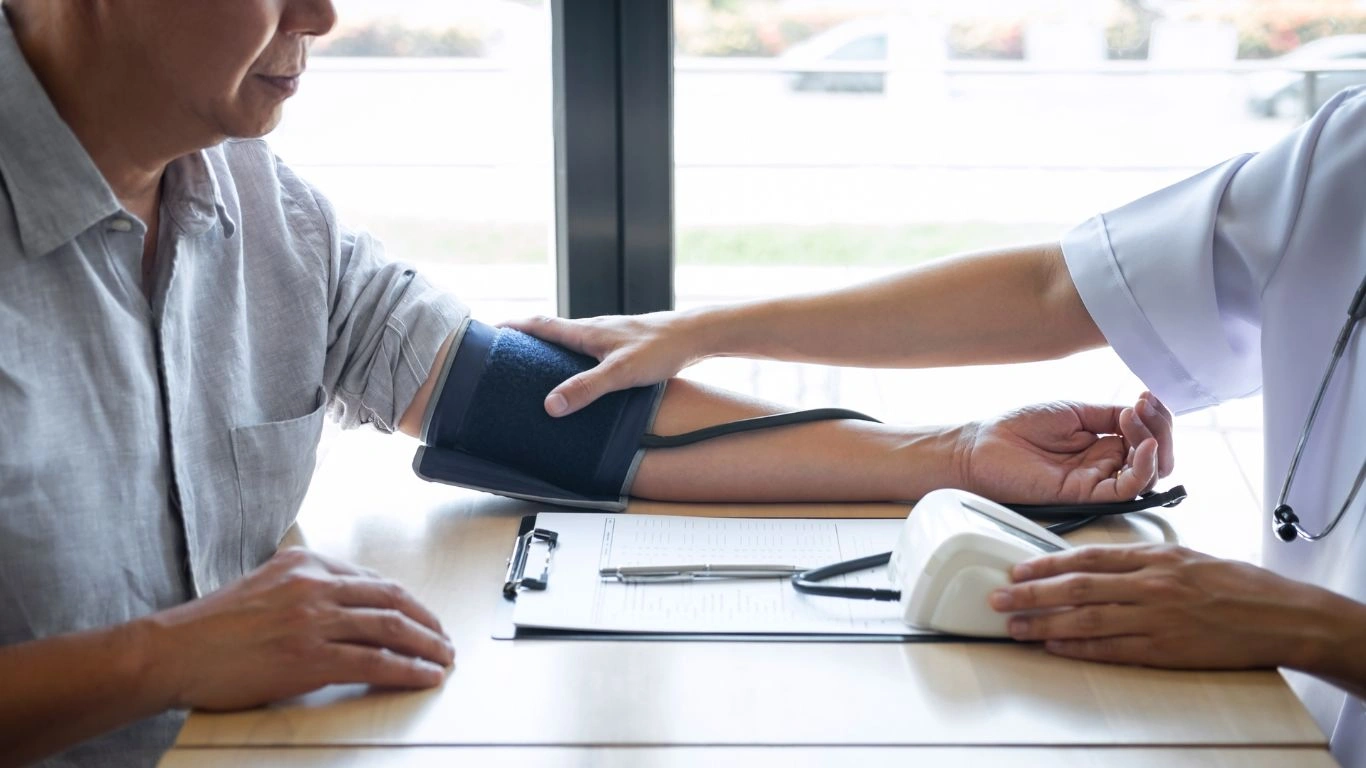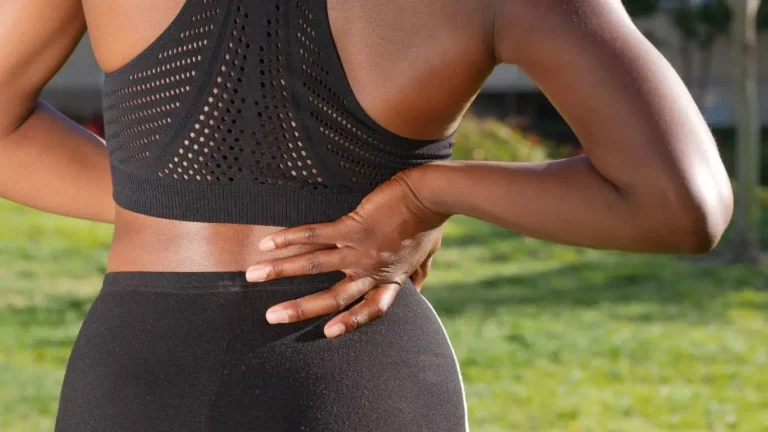Lower Blood Pressure Fast: The Power of Fiber for Heart Health
When it comes to keeping blood pressure in check, people often focus on cutting out salt or exercising more. But one of the most underrated, yet essential, nutrients for heart health is fiber. It’s not just about digestion—fiber plays a massive role in controlling blood pressure levels. I’ve seen it firsthand with my patients, and honestly, even in my own diet. If you’re not paying attention to your fiber intake, you could be missing a natural and effective way to support your cardiovascular health.
How Does Fiber Help Regulate Blood Pressure?

Most people know fiber is great for digestion, but its effects on blood pressure are just as impressive. Here’s how it works:
- Regulates cholesterol: Soluble fiber helps reduce LDL cholesterol, which in turn lowers the strain on your arteries.
- Improves gut health: A healthy gut microbiome has been linked to better blood pressure regulation.
- Enhances weight management: Fiber keeps you full longer, helping with weight control, a key factor in blood pressure health.
- Reduces inflammation: Chronic inflammation can contribute to high blood pressure, and fiber-rich diets are known to combat it.
Personally, I started adding more fiber to my meals a few years ago, and the impact was undeniable. More energy, better digestion, and my patients who made similar changes saw measurable improvements in their numbers.
Soluble vs. Insoluble Fiber: Which One Matters More?

Fiber comes in two main forms: soluble and insoluble. Both are important, but when it comes to blood pressure, soluble fiber takes the spotlight.
Soluble Fiber: The Heart’s Best Friend
Soluble fiber dissolves in water, forming a gel-like substance in the gut. It’s known for lowering cholesterol and stabilizing blood sugar levels—both crucial for heart health.
Top sources:
- Oats
- Beans and lentils
- Chia seeds
- Apples and citrus fruits
Insoluble Fiber: The Unsung Hero
While insoluble fiber doesn’t directly lower cholesterol, it supports digestion and helps keep inflammation at bay—indirectly benefiting blood pressure control.
Top sources:
- Whole wheat and bran
- Nuts and seeds
- Vegetables like carrots and cauliflower
How Much Fiber Do You Really Need?

Here’s where most people fall short. The recommended daily intake of fiber is:
- Men: 30-38 grams per day
- Women: 21-25 grams per day
Yet, the average person barely gets half of that! Trust me, I’ve had countless patients who were shocked when they actually tracked their intake.
The easiest way to boost fiber intake? Start your day with oatmeal, throw some beans in your salad, and swap out white bread for whole grain. Small changes add up fast.
Easy Ways to Add More Fiber to Your Diet

Now that we know how fiber impacts blood pressure, let’s talk about how to actually get more of it in your diet—without feeling like you’re eating cardboard. Because let’s be real, nobody wants to choke down bland fiber supplements when delicious, natural options exist.
Start with Breakfast
Breakfast is one of the easiest meals to sneak in more fiber. Swap out processed cereals for high-fiber options like oatmeal or whole grain toast. I always recommend adding some flaxseeds or chia seeds to yogurt—both are fiber powerhouses and don’t change the taste much.
Rethink Your Snacks
Instead of reaching for chips or cookies, go for fiber-rich snacks. Some of my personal favorites include:
- Hummus and veggies: Chickpeas (the base of hummus) are loaded with fiber.
- Nuts and seeds: Almonds, pistachios, and sunflower seeds are all great choices.
- Popcorn: Believe it or not, air-popped popcorn is a whole grain and a great source of fiber!
When I started swapping out processed snacks for fiber-rich ones, I noticed I wasn’t as hungry all the time, and my energy levels were more stable throughout the day. Plus, my digestion improved—a bonus I hadn’t even been looking for!
Go Big on Whole Grains
One of the simplest changes? Ditch white bread, white rice, and regular pasta. Whole wheat bread, brown rice, and whole grain pasta not only taste better (yes, really!) but also provide more fiber and essential nutrients.
Not a fan of brown rice? Try quinoa. It’s high in fiber, packed with protein, and has a delicious nutty taste.
Fiber and Hydration: The Perfect Pair

Here’s something a lot of people overlook: fiber and water go hand in hand. Eating more fiber without increasing water intake can actually make things worse, leading to bloating and constipation—definitely not what we want.
Why is hydration so important?
- Fiber absorbs water: Soluble fiber forms a gel-like consistency in the gut, which requires adequate hydration to move through smoothly.
- Prevents bloating: Without enough water, fiber can slow things down instead of speeding them up.
- Helps maintain blood pressure balance: Dehydration can cause blood pressure spikes, which fiber alone can’t fix.
A simple rule I give my patients? For every high-fiber meal or snack, drink a glass of water. It makes digestion smoother and keeps everything running optimally.
Does Cooking Affect Fiber Content?
Great question! The answer depends on the type of fiber.
Soluble Fiber
Cooking can actually make soluble fiber easier to digest. That’s why foods like stewed apples, oatmeal, and cooked lentils still provide great fiber benefits.
Insoluble Fiber
Insoluble fiber is more resistant to heat, meaning its content remains fairly stable. However, peeling or overcooking vegetables can reduce the fiber content, so try to eat them with skins on whenever possible.
Personally, I love roasting veggies rather than boiling them. It keeps their texture and fiber content intact while enhancing their natural flavors.
Small Changes, Big Impact
Boosting fiber doesn’t mean overhauling your entire diet overnight. Small, consistent changes can make a huge difference in managing blood pressure and improving overall health.
Here’s a quick recap of easy swaps:
- Breakfast: Choose oatmeal, whole grain toast, or a high-fiber smoothie.
- Lunch: Add beans or lentils to salads, soups, or grain bowls.
- Snacks: Go for nuts, seeds, popcorn, or fruit instead of processed snacks.
- Dinner: Opt for whole grain pasta, brown rice, or fiber-rich veggies.
- Hydration: Drink more water to support fiber intake.
When I started making these simple swaps myself, I noticed I felt fuller longer, had steadier energy, and—most importantly—my blood pressure numbers improved. And I’ve seen the same in many of my patients.
Case Studies & Real-Life Examples

Let’s talk real-life success stories. Over the years, I’ve seen firsthand how increasing fiber intake can transform not just blood pressure levels but overall health. Here are a couple of cases that stand out.
Case #1: Lisa’s Journey to Lower Blood Pressure
Lisa, a 52-year-old teacher, came to me frustrated. Despite taking medication for hypertension, her blood pressure was still hovering around 145/90. She admitted she ate very little fiber—mostly processed foods, white bread, and sugary snacks.
We made a few simple changes:
- Swapped her morning bagel for oatmeal topped with flaxseeds and berries.
- Replaced white rice with quinoa and added a side of lentils.
- Incorporated fiber-rich snacks like almonds and apple slices.
Within three months, Lisa’s blood pressure dropped to 125/80! She also felt more energetic and even lost a few pounds. Best of all, she could reduce her medication dosage under her doctor’s supervision.
Case #2: John’s Surprising Fiber Fix
John, 60, had been dealing with hypertension and digestive issues for years. His diet lacked fiber, and he constantly felt sluggish. After adding just 10 more grams of fiber daily—mostly from whole grains, beans, and veggies—he noticed a big shift.
Not only did his blood pressure improve from 150/95 to 130/85, but his digestion became smoother, and his cholesterol levels improved too. He told me, “I had no idea fiber could do so much!”
Key Takeaways: What You Need to Remember
Let’s sum it up. If you want to improve your blood pressure naturally, fiber is your best friend.
- Soluble fiber helps lower cholesterol and stabilize blood sugar, supporting heart health.
- Insoluble fiber keeps your gut happy and digestion smooth.
- Great fiber sources include oats, lentils, beans, nuts, whole grains, fruits, and veggies.
- Drinking enough water is crucial when increasing fiber intake.
- Even small changes—like swapping white bread for whole grain—can make a huge difference.
The bottom line? You don’t need to overhaul your diet overnight. Small, sustainable changes can add up to major improvements.
FAQs
1. How much fiber do I need daily?
For most adults, the recommended daily intake is:
- Women: 21-25 grams
- Men: 30-38 grams
Unfortunately, the average person gets far less—around 15 grams per day. So there’s room for improvement!
2. Can too much fiber be bad for me?
Yes! Suddenly increasing fiber too quickly can lead to bloating, gas, and digestive discomfort. The key is to add fiber gradually and drink plenty of water.
3. What’s the best fiber source for lowering blood pressure?
Oats and legumes (like beans and lentils) are some of the best choices due to their high soluble fiber content.
Bonus: Additional Resources or DIY Tips
Looking for simple ways to up your fiber intake? Here are some DIY strategies:
DIY High-Fiber Smoothie Recipe
This smoothie is my go-to for a fiber-packed breakfast:
- 1 cup almond milk
- ½ cup rolled oats
- 1 tablespoon chia seeds
- ½ banana
- 1 handful of spinach
- ½ cup frozen berries
Blend and enjoy! It’s packed with fiber and tastes amazing.
Printable High-Fiber Grocery List
Want to stock up on fiber-friendly foods? Here’s a simple shopping list:
- Oats, quinoa, brown rice
- Beans, lentils, chickpeas
- Leafy greens, carrots, broccoli
- Nuts and seeds (flaxseeds, chia seeds, almonds)
- Whole grain bread and pasta
Appendix: Table, References, Disclaimer, and Call to Action
Table: Fiber Content of Common Foods
| Food | Fiber (grams per serving) |
|---|---|
| Oatmeal (1 cup cooked) | 4 grams |
| Black beans (½ cup cooked) | 7.5 grams |
| Apple (medium, with skin) | 4.4 grams |
| Chia seeds (1 tablespoon) | 5.5 grams |
References
Disclaimer
This article is for informational purposes only and is not intended as medical advice. Always consult your healthcare provider before making changes to your diet or treatment plan.
Call to Action
Ready to take control of your blood pressure? Start adding more fiber to your diet today! If you found this guide helpful, share it with someone who could benefit. And don’t forget to check out my other articles for more tips on heart health!

Dr. Gwenna Aazee is a board-certified Internal Medicine Physician with a special focus on hypertension management, chronic disease prevention, and patient education. With years of experience in both clinical practice and medical writing, she’s passionate about turning evidence-based medicine into accessible, actionable advice. Through her work at Healthusias.com, Dr. Aazee empowers readers to take charge of their health with confidence and clarity. Off the clock, she enjoys deep dives into nutrition research, long walks with her rescue pup, and simplifying medical jargon one article at a time.






